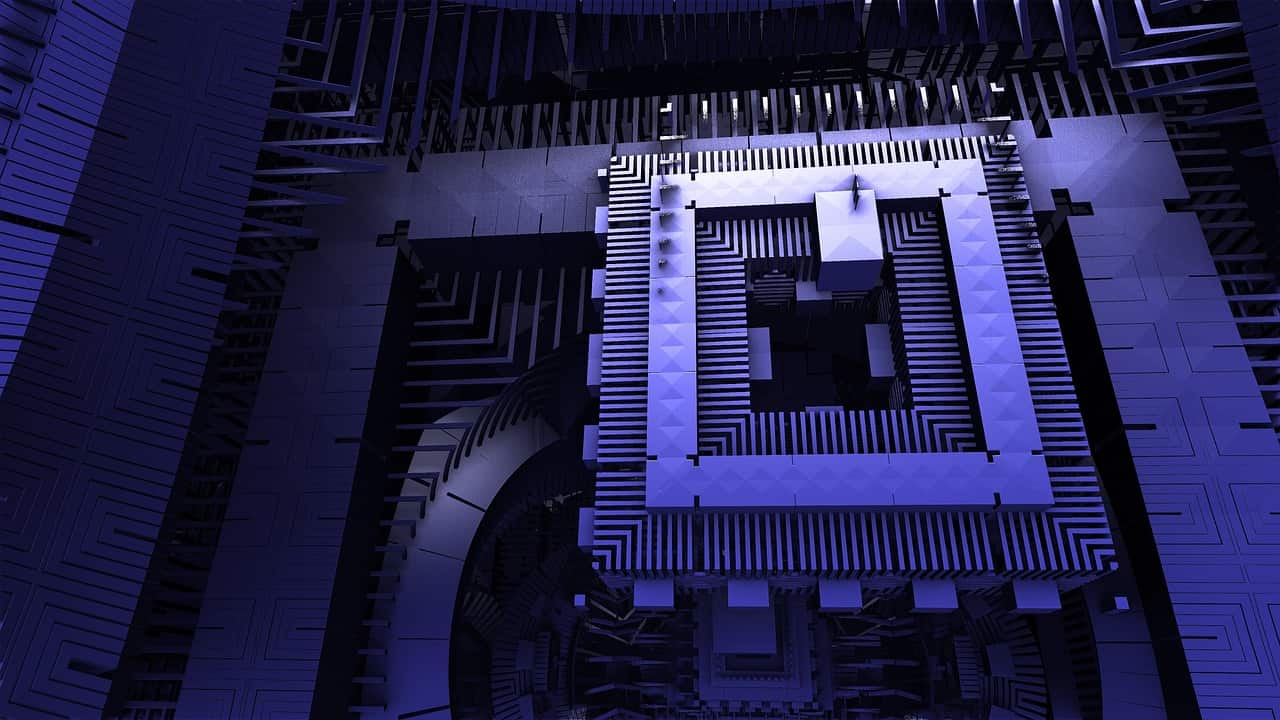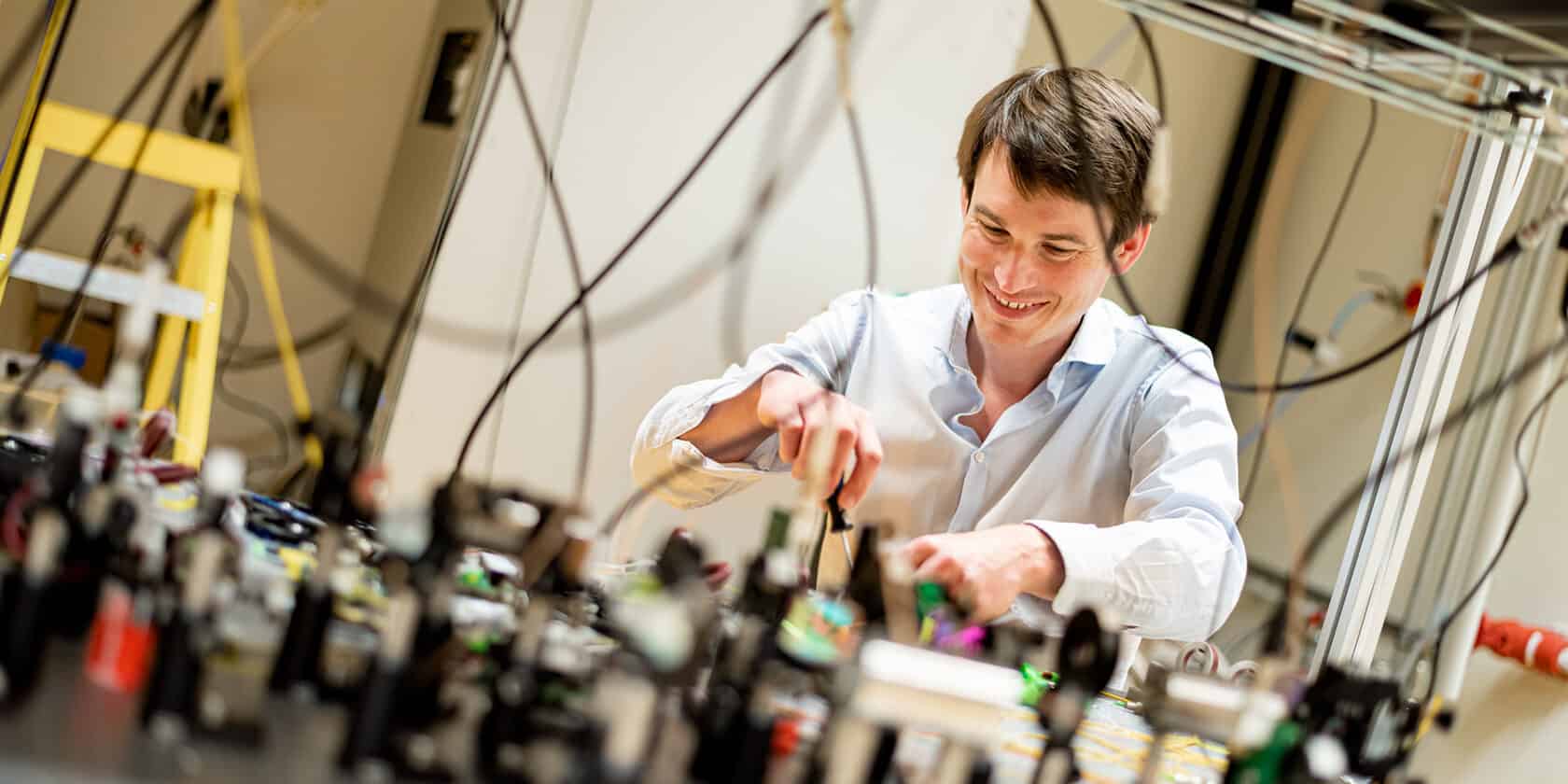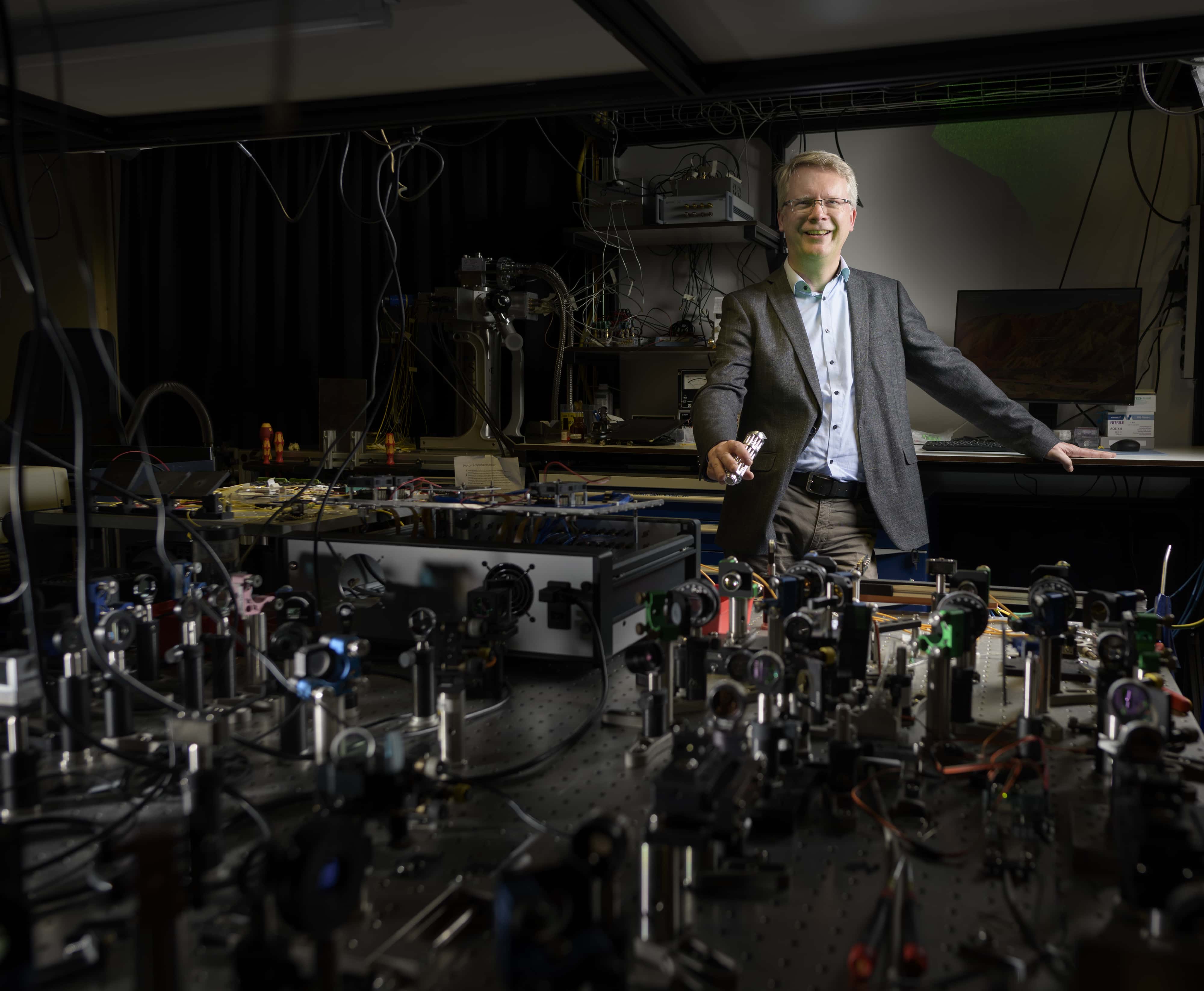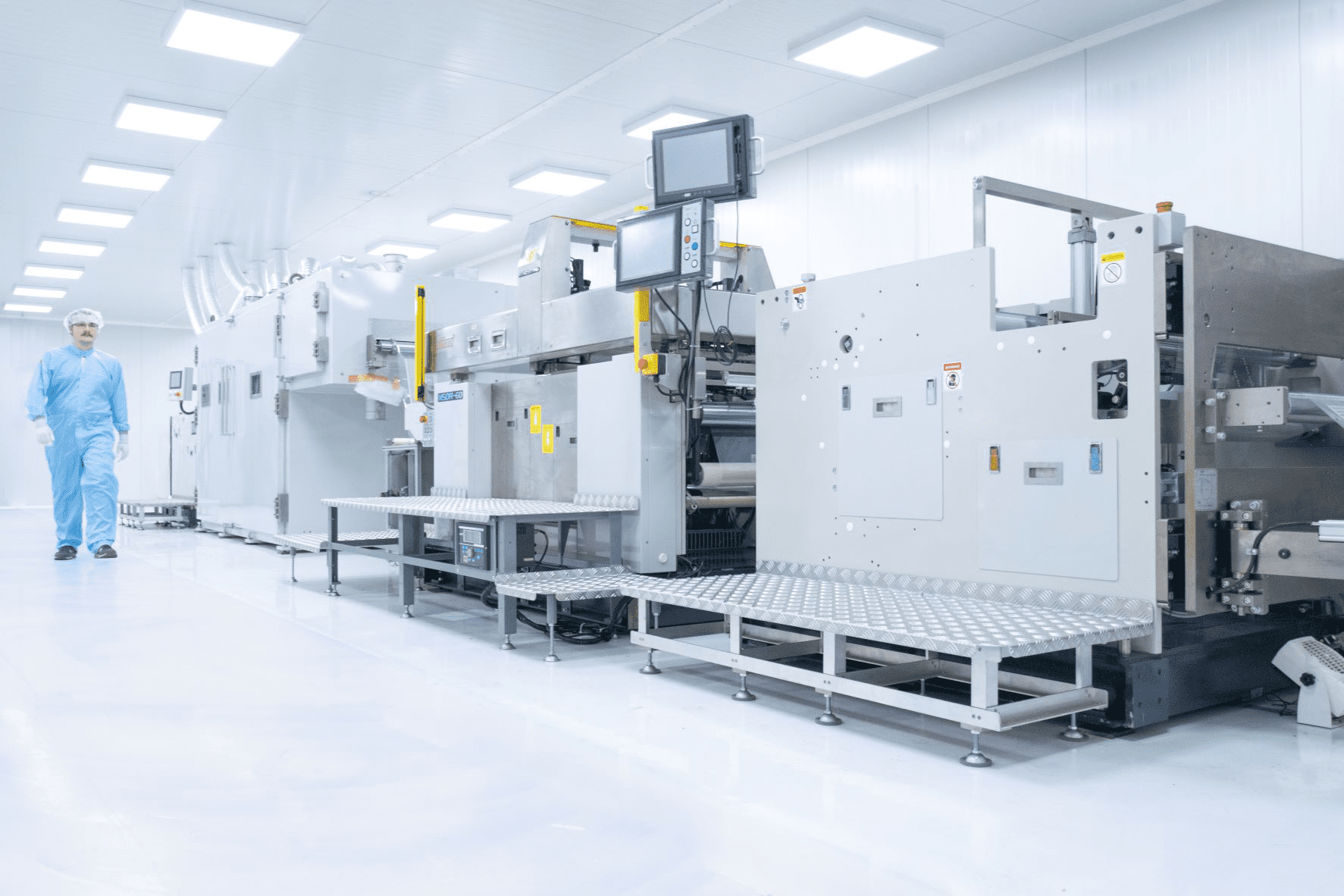
Freeze in those electronics! That was the thinking of researchers from Fujitsu and QuTech, a collaboration between TU Delft and TNO. They have developed new and ultra-cold electronics to drive diamond-based quantum bits. As a result of their joint research project, it will become possible to build larger quantum computers, TU Delft said in a press release.
Why you need to know this:
Quantum computers are important because they have the potential to perform complex calculations much faster than classical computers.
The quantum computer of the future will contain millions of quantum bits, or ‘qubits’. They will be able to process complex problems much faster than classical computers, especially in areas such as cryptography, optimisation and simulation. Moreover, they will be able to solve problems impossible for classical computers, marking a major milestone in the history of computer science.
Close to absolute zero
Before getting there, a few challenges need to be overcome. One is maintaining the extremely low temperature at which the qubit normally operates. Qubits use extremely fragile quantum effects that are disrupted by many things, such as even the smallest amount of heat. Therefore, qubits are cooled to the coldest possible temperatures, close to absolute zero: 0 Kelvin (or -273°C).
It is now common to keep a few qubits cold enough by putting them in a small cryogenic fridge and connecting them to the electronics outside the fridge with a few wires. But it is very difficult to connect thousands or even millions of qubits with as many wires coming out of the fridge. So many wires between the cold qubits and room-temperature electronics has a dramatic impact on the reliability, fabrication and size of the device.

Freeze in those electronics!
Why not freeze the whole computer, rather than just the qubits? That is easier said than done, because most electronics can only withstand ambient temperatures from -40°C to +125°C, temperatures much higher than the temperature of the typical qubit. But this is exactly what researchers and engineers at QuTech – a collaboration between TU Delft and TNO – did. They used so-called cryo-CMOS hardware to withstand the extreme temperatures of a qubit fridge, without compromising the performance of the entire system and scalability.
Dr Shintaro Sato, Fellow, SVP & Head of Quantum Laboratory at Fujitsu Research, Fujitsu Limited, explains: “The results of our joint research highlight the potential of cryo-CMOS technology for diamond spin qubits to overcome this bottleneck. We expect that the new technology will enable us to achieve the high scalability expected in quantum computers using diamond-spin qubits.”








